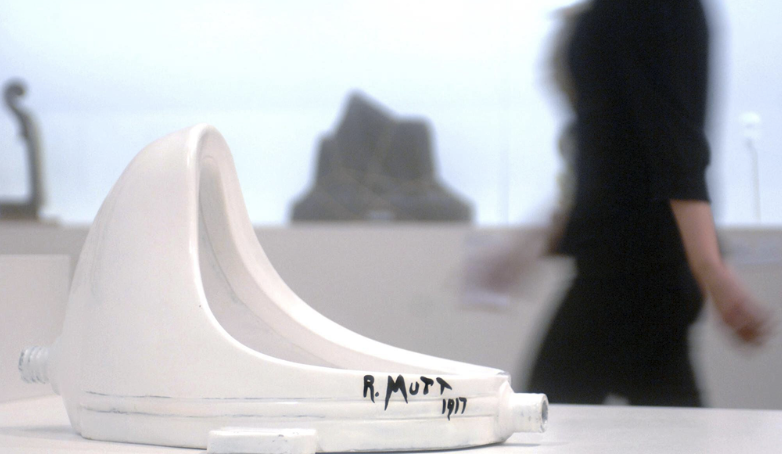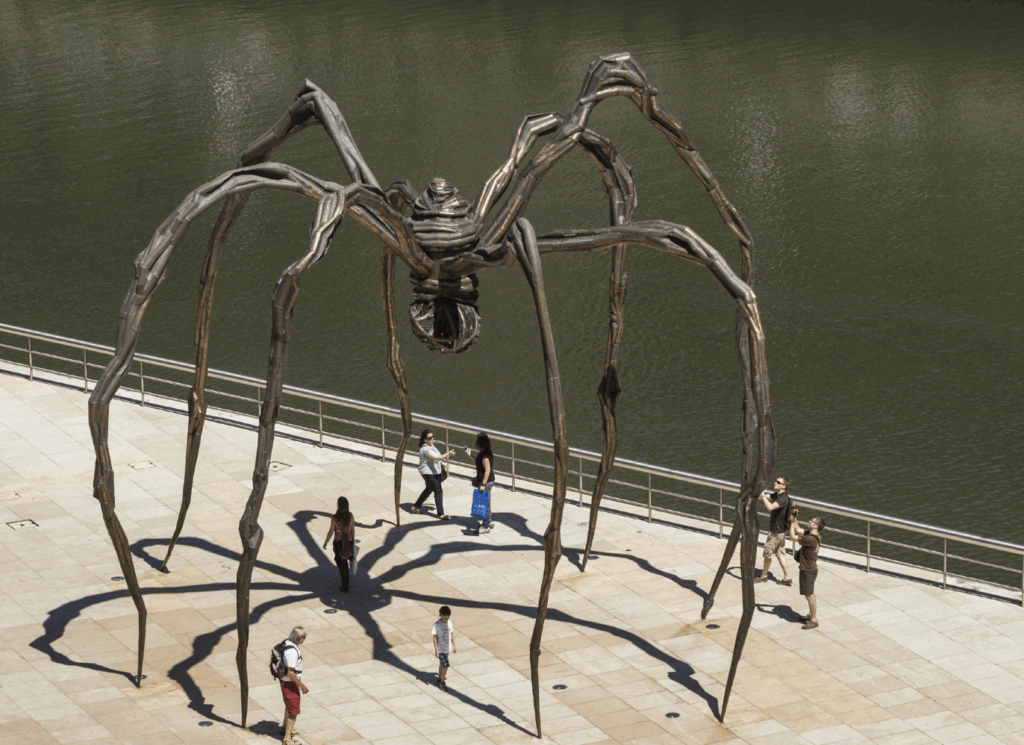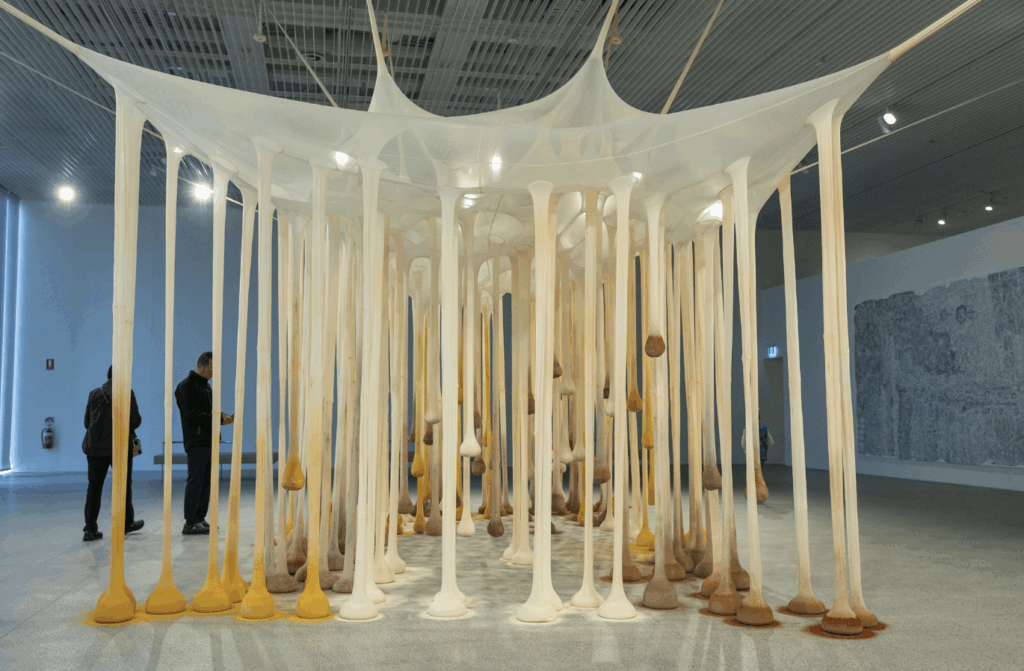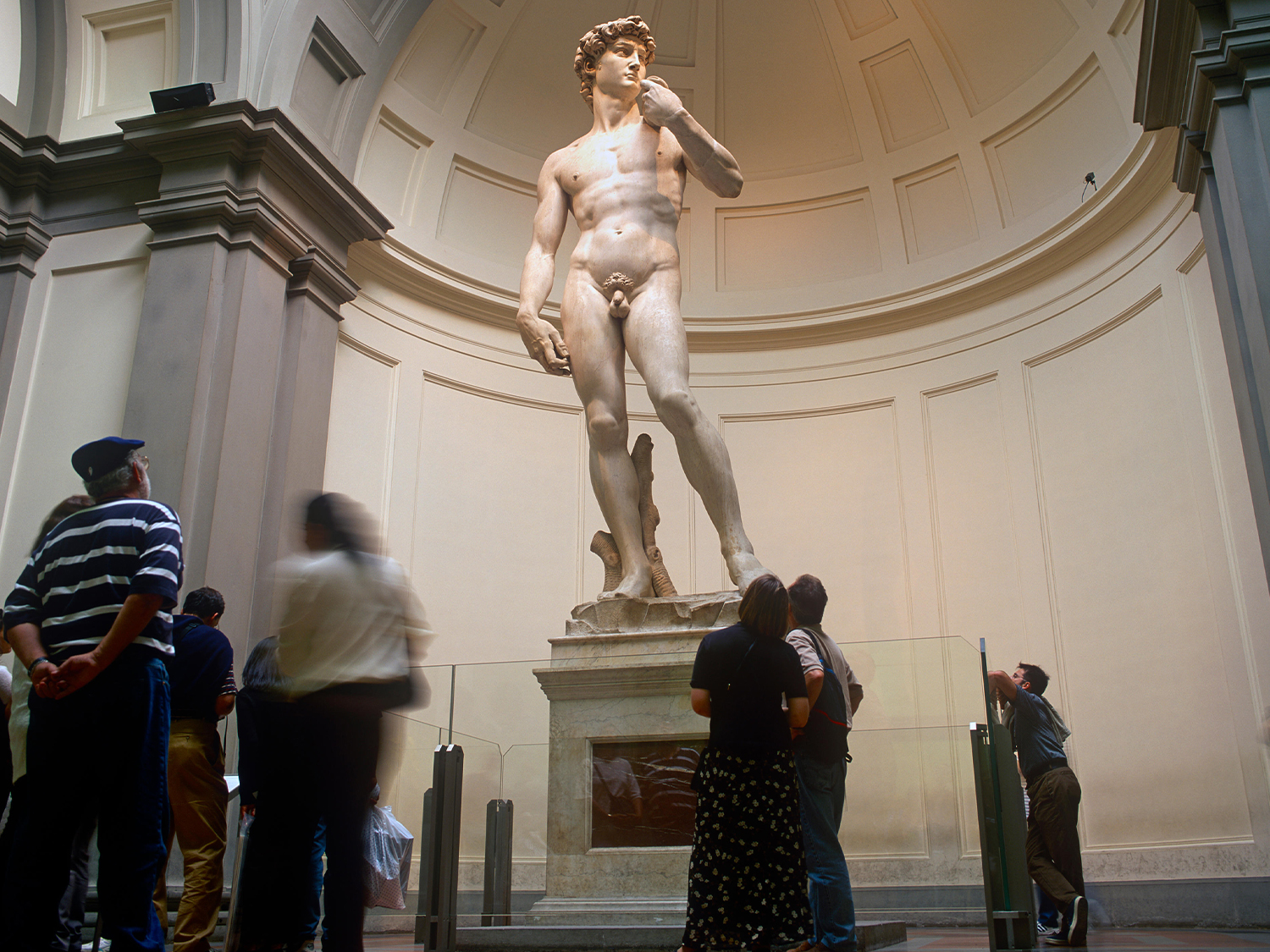Recently, we consigned a bronze sculpture weighing close to 300 kilograms, and as I watched four strong men carefully navigate the challenge of moving it, I couldn’t help but reflect on the particular difficulties sculpture can present in an auction house, a museum, or even a private collection. Yet it is precisely this physicality, its undeniable three-dimensionality, that defines sculpture’s nature and distinguishes it so profoundly from painting and is what makes it so powerful and unique.

When most people think of art, they imagine a painting. The Mona Lisa’s half-smile, Van Gogh’s swirling stars – images that have shaped our collective art imagination. Painting has long dominated how most of us think about art. Paintings frame our interiors and often become the face of art history itself. Yet, standing quietly (or sometimes monumentally) beside it is sculpture, the often-underrated sibling that asks us not only to look, but to move, touch, and feel.

At auction, paintings tend to dominate. This becomes most evident when we look at significant international auction results for both media. Louise Bourgeois’s Spider stretching over three metres high is an elegant and unsettling monumental symbol of maternal strength and protection. In May 2023, one of these Spider sculptures sold at Sotheby’s New York for US $32.1 million, marking the third time the work has held the record for the most expensive sculpture by a female artist. The overall record for a sculpture is Alberto Giacometti’s L’Homme au doigt, sold for US $141.3 million at Christie’s New York in 2015. Both results are significantly lower than the price achieved for the commercially most valuable painting ever sold, the US $450.3 million achieved by Leonardo da Vinci’s Salvator Mundi two years later. All three are important artworks, but these results indicate how we value art that can hang neatly on a wall versus art that demands space.
Sculpture occupies our space, shares our air, and can be experienced from every angle. It can be monumental, like Michelangelo’s David; it can envelop the senses, as Ernesto Neto’s Just Like Drops in Time, Nothing or it can challenge everything we thought we knew about art, like Duchamp’s infamous Fountain. Sculpture is an invitation to engage with art through our bodies.

One of the reasons I love sculpture is its diversity of material and processes. From the permanence of bronze to the warmth of carved wood, from welded steel to found objects and recycled plastics, it is an artform that defies uniformity. In contemporary practice, this openness has only expanded. Artists such as Fiona Hall use a multitude of materials, as seen in Dead in the water – a beautifully crafted commentary on the fragility of our oceans – using polyvinyl chloride, glass beads, silver wire, glass, wood and transparent synthetic polymer resin. Or the late Inge King, whose elegant abstractions in steel helped define modern Australian sculpture. Their works, though vastly different, remind us that sculpture is as much about presence as it is about form.
I often think about how sculpture alters our relationship with art. Unlike a painting, which offers a single vantage point, sculpture invites us to circle it, to discover shifting shadows, changing perspectives, new meanings. It is an art form that resists passivity.
Since Marcel Duchamp’s Fountain challenged the very definition of art, sculpture has become a space of radical experimentation where the conceptual and the tactile meet to create new form.
Where painting can be admired, sculpture demands encounter. Both painting and sculpture shape how we see and understand art, but sculpture asks something deeper of us: to see with our senses, not just our eyes.
By Wiebke Brix, Head of Art
Top Image: Statue of David by Michelangelo in the Galeria dell Accademia, Florence, Tuscany, Italy / Alamy
December 2025
